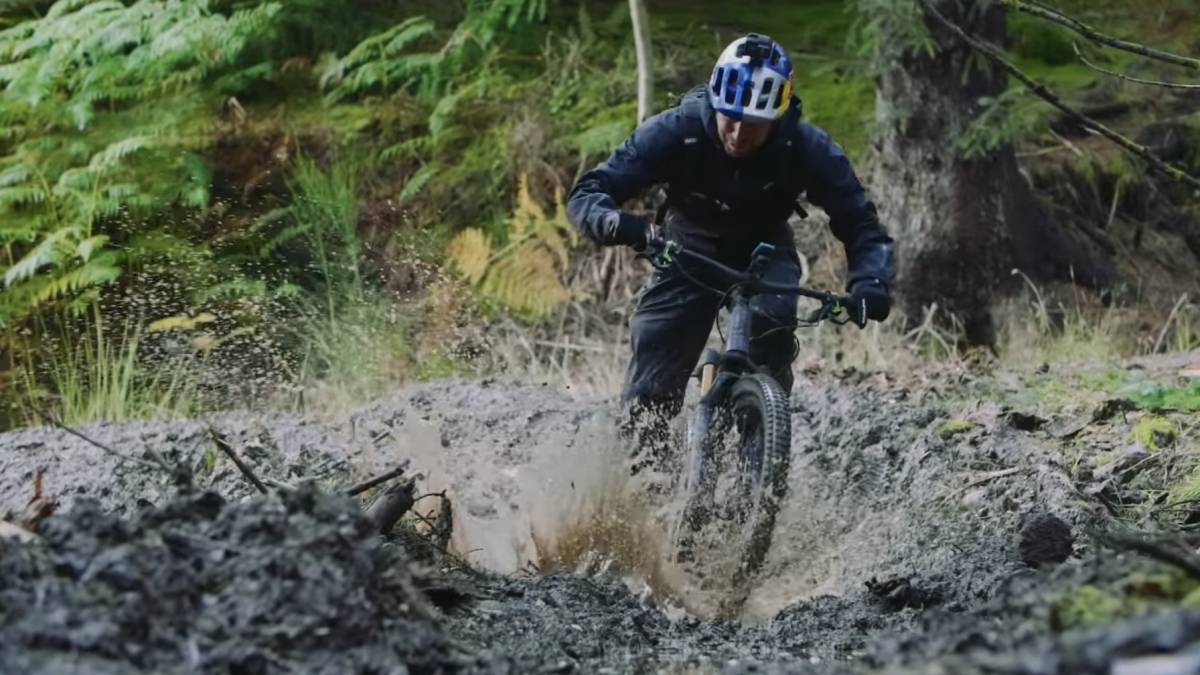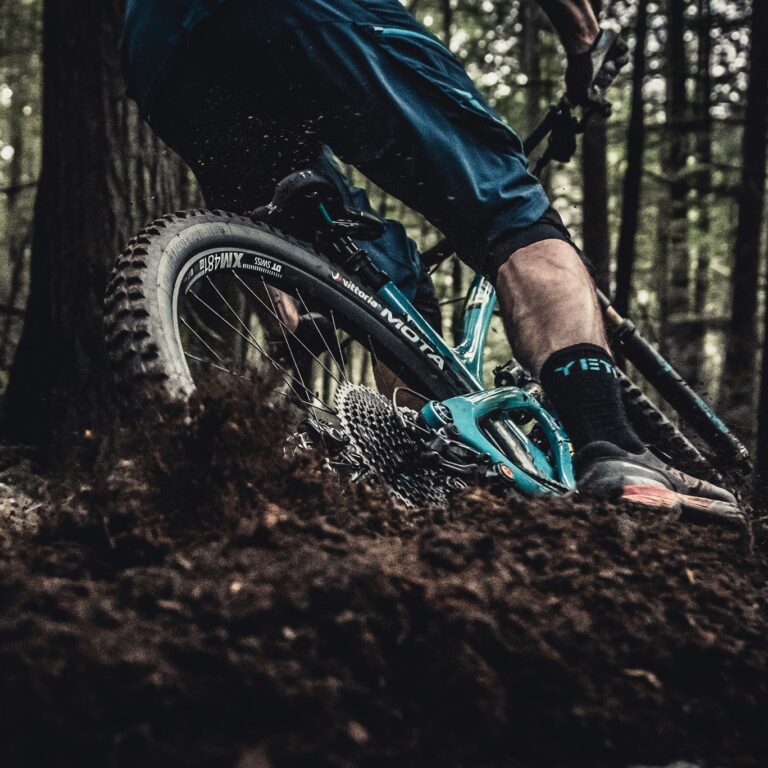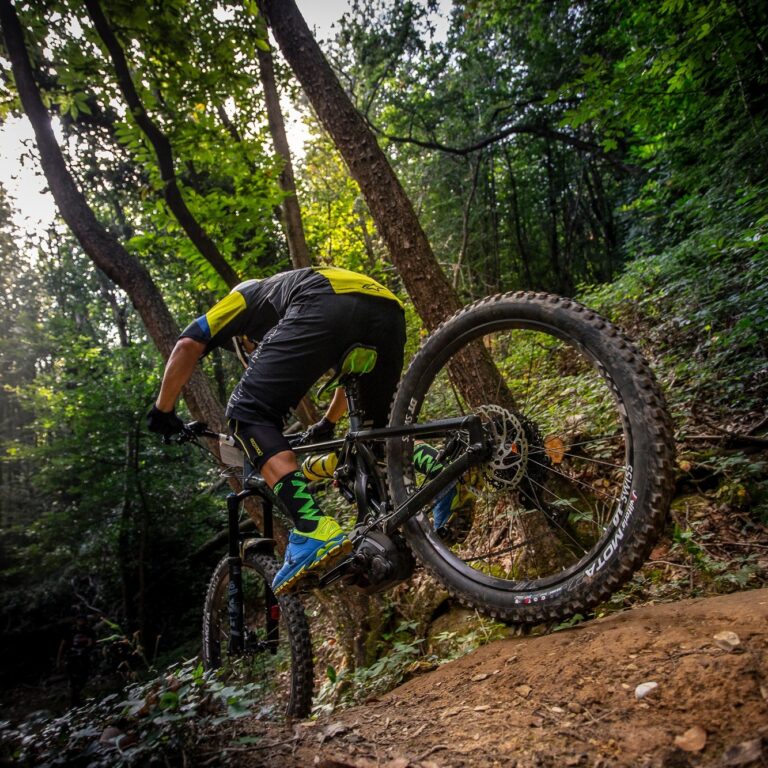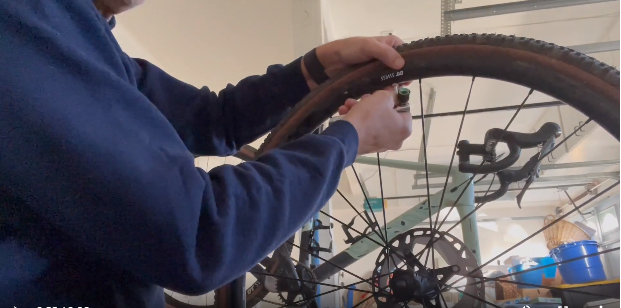Wet Weather Performance in Enduro Bike Tires: A Master Cyclist’s Insights

Key Point Summary of Wet Weather Performance in Enduro Bike Tires:
- Wet weather drastically affects trail conditions, demanding tires with superior traction and mud handling.
- Enduro bike tires designed for wet conditions often feature aggressive tread patterns, wider spacing between knobs, and softer rubber compounds to improve grip and mud shedding.
- Tire pressure adjustments can significantly enhance performance in wet conditions, usually requiring lower pressures for better traction.
- Rider skill and tire choice are equally crucial for optimal performance in wet and muddy conditions, emphasizing the need for practice and understanding your bike’s response to different terrains.
As a masters cyclist with years of racing and riding across a spectrum of disciplines including mountain biking, gravel, and cyclocross, I’ve come to appreciate the nuances that different conditions bring to the riding experience. Wet weather riding, in particular, has its own set of challenges and rewards. It’s not just about battling the elements; it’s about understanding how your equipment, especially your enduro bike tires, interacts with the terrain.
Riding in the wet is a different beast. The trails transform, the grip levels change, and what was once a familiar path now presents a new set of challenges. Over the years, I’ve had my fair share of slips, slides, and close calls that have taught me the importance of having the right tires for the conditions. Let me share some insights on how wet weather affects your ride, especially focusing on enduro bike tires, and how to optimize your setup for those slick, muddy days.
The Impact of Wet Weather on Trails
When the heavens open up, trails can quickly turn from hard-packed dirt to slippery mud baths. This transformation demands not just skill from the rider but also the right equipment. In wet conditions, the primary concerns for tires are traction and mud handling. Traction is the tire’s ability to grip onto the surface, critical for climbing, cornering, and braking. Mud handling, on the other hand, refers to the tire’s ability to shed mud off its tread, preventing it from becoming clogged and effectively turning into slicks.
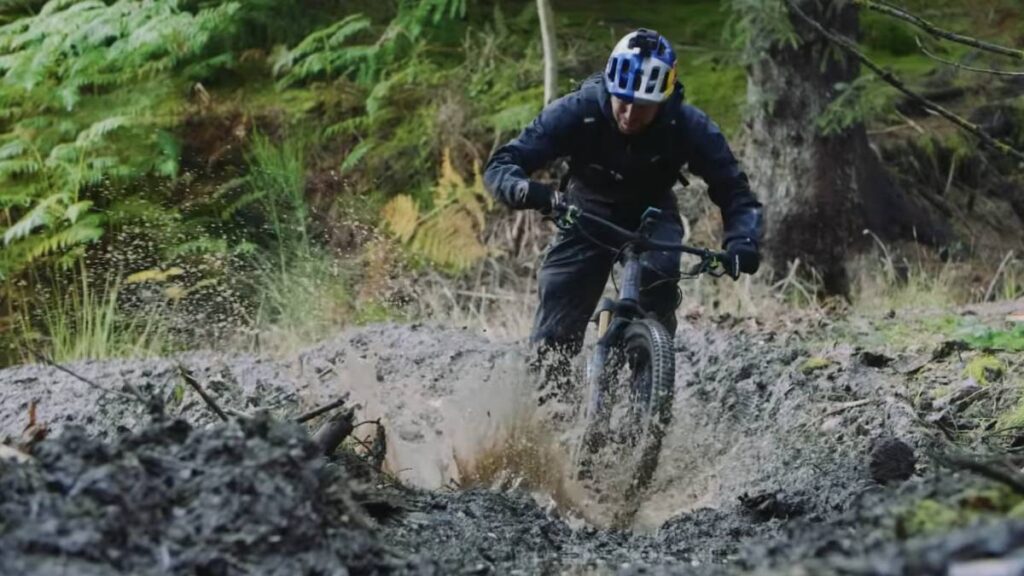
The Anatomy of a Wet Weather Enduro Tire
Tires designed for wet weather have specific characteristics that differentiate them from their dry-weather counterparts. Firstly, the tread pattern is usually more aggressive, with taller, wider-spaced knobs. This design helps in digging into the softer ground for better grip and allows mud to be ejected from the tread more easily, maintaining traction.
Another aspect is the rubber compound. Tires for wet conditions often use a softer rubber compound. While this may wear out faster than harder compounds, the increase in grip is invaluable, especially on wet roots and rocks.
The Importance of Practice and Skills
No tire, regardless of its design for wet weather, can compensate for a lack of skill. Riding in the mud and rain requires adjustments in technique, such as weighting the bike differently in corners, braking earlier, and choosing lines that offer the most traction. Practice is key. The more you ride in these conditions, the better you’ll understand how your bike responds and what adjustments you need to make.

Wet Weather Performance in Enduro Bike Tires: Final Thoughts
Choosing the right enduro bike tires for wet weather and understanding how to adjust your setup and riding style can make a significant difference in your confidence and performance on slippery trails. While the right equipment is crucial, don’t underestimate the value of experience and skill development. Wet weather riding can be incredibly rewarding, offering a unique challenge and the opportunity to improve as a rider. For muddy and wet conditions, there are a few key features to look for in an enduro tire:
- Tread Pattern: A tire designed for wet and muddy conditions typically features aggressive tread patterns with wide, spaced-out knobs. This design allows the tire to dig into the soft terrain for better grip while also helping to shed mud more effectively, preventing the tire from becoming clogged and losing traction.
- Compound: The rubber compound of the tire also plays a significant role. Softer compounds offer better grip in slippery conditions but may wear out faster. Many top-end tires use dual or even triple compound technology to provide the best of both worlds: grip in cornering and durability in the center tread.
- Width and Volume: Wider tires can provide better flotation over soft, muddy terrain, reducing the likelihood of the tire sinking in and getting stuck. A higher volume tire also allows for running lower air pressure, which increases the tire’s contact patch with the ground for improved traction.
- Puncture Protection: Wet and muddy trails can often hide sharp rocks and roots that can puncture tires. Look for tires that include some form of puncture protection technology to help prevent flats in these conditions.
- Tubeless Ready: Running tubeless tires is almost a given for enduro riding. Tubeless setups allow for lower pressures without the risk of pinch flats, improving traction and comfort. Plus, the sealant can seal small punctures on the fly.
Considering these features, a tire that consistently stands out for wet and muddy conditions is the Maxxis Shorty. The Shorty is designed specifically for these challenging environments, featuring tall, widely spaced knobs that bite into soft ground and clear mud efficiently. The tire uses a soft, grippy compound that excels on wet rocks and roots, enhancing rider confidence in slippery conditions.
Josefine Björkman is a Swedish World Cup downhill and enduro rider known for her skill in navigating slippery and challenging conditions. According to her, wet weather tyres have a tread pattern that gives extra grip during the wetter months of the year. Josefine’s favorite are in fact, the Maxxis Shorty, but there are lots of good options from different brands out there. Additionally, it’s tubeless-ready and comes with various options for casing durability to suit different rider preferences and trail demands.
(Information about Josefine is sourced from here.)
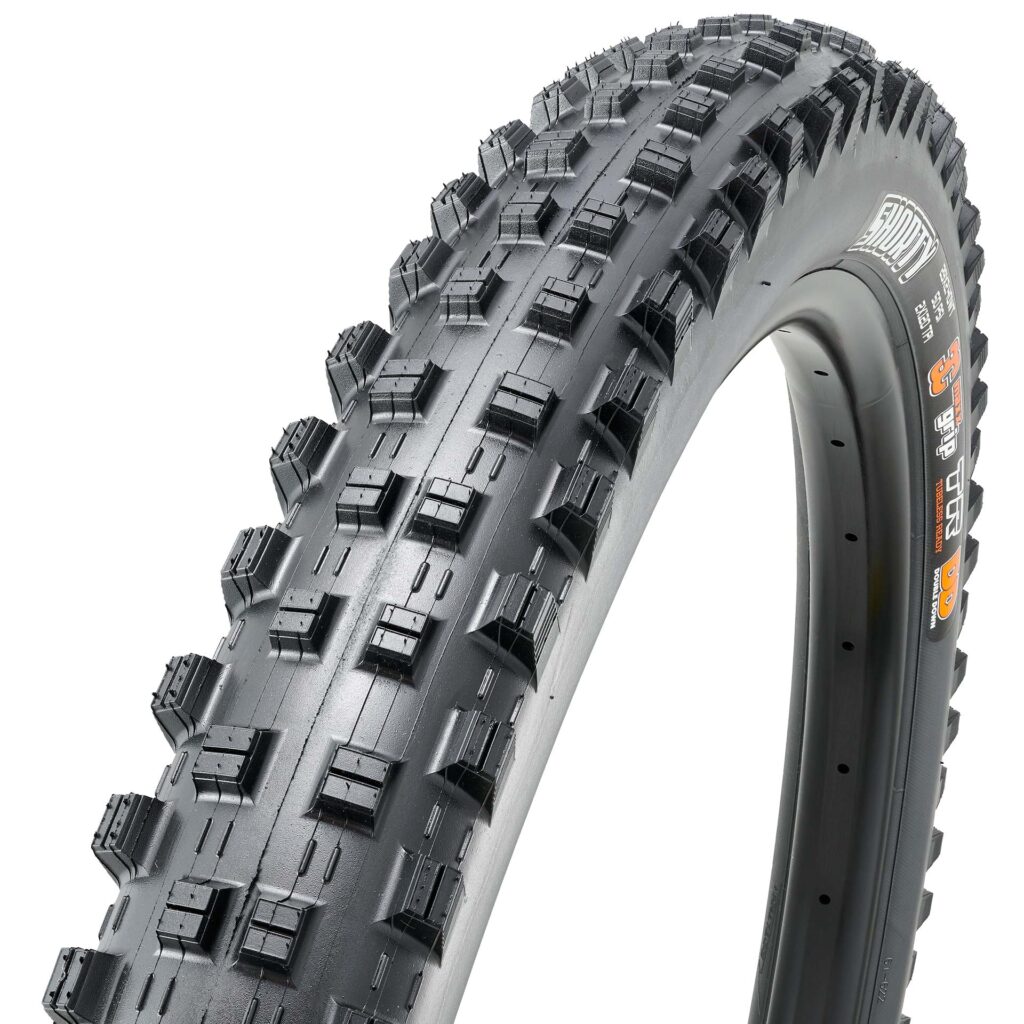
So next time the forecast calls for rain, don’t shy away. Embrace the mud, adjust your setup, and enjoy the ride.
John
FAQ
Which tyre is best for bike in rainy season?
For biking in the rainy season, tires with aggressive tread patterns and soft rubber compounds, like the Maxxis Shorty or Schwalbe Magic Mary, are ideal for improved grip and mud shedding.
Which Maxxis tyre is best for wet?
The Maxxis Shorty is highly recommended for wet conditions due to its aggressive tread pattern and ability to clear mud effectively.
What should mountain bike tire pressure be in wet conditions?
In wet conditions, lower mountain bike tire pressures are beneficial, typically ranging from 22 to 28 psi for better traction and stability.
Does weather affect bike tires?
Yes, weather affects bike tires. Temperature changes can alter tire pressure, and wet conditions require tires with specific tread patterns for optimal performance.
